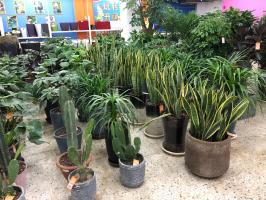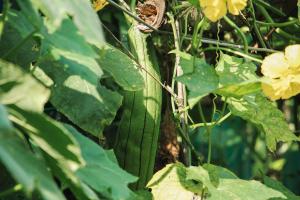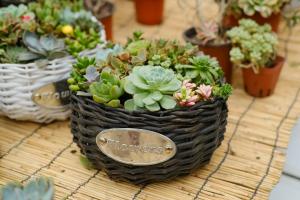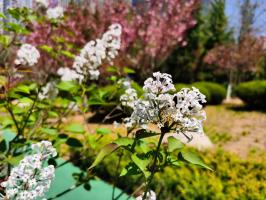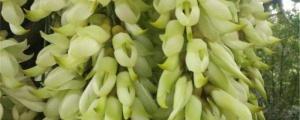Is Water Hyacinth a Partially Submerged Plant?
Water hyacinth, also known as Eichhornia crassipes, is a perennial aquatic plant that is native to South America. It is recognized for its showy purple flowers and green, buoyant leaves that are arranged in a radiating pattern. Despite its beauty, water hyacinth is considered an invasive species in most parts of the world, primarily because of its rapid growth and ability to cover entire water surfaces, thereby disrupting aquatic ecosystems. In this article, we will explore whether water hyacinth is a partially submerged plant or not.
What are Partially Submerged Plants?
Partially submerged plants, as the name suggests, are plants that grow both above and below the waterline in aquatic environments. These plants have adapted to living in such environments, and their ability to grow in both air and water allows them to survive and thrive in areas with fluctuating water levels. Partially submerged plants are an essential component of aquatic ecosystems as they provide food, shelter, and breeding grounds for various aquatic animals.
Is Water Hyacinth a Partially Submerged Plant?
No, water hyacinth is not a partially submerged plant. In contrast to partially submerged plants, water hyacinth grows entirely above the waterline and does not have roots that anchor it to the substrate. Instead, water hyacinth has long, feathery roots that dangle down into the water, absorbing nutrients and oxygen from the water. These nutrients help the plant grow rapidly, which is why water hyacinth is considered an invasive species in most parts of the world.
How Does Water Hyacinth Affect Aquatic Ecosystems?
Water hyacinth is a highly invasive plant that can rapidly cover entire water surfaces, blocking sunlight from reaching aquatic plants and reducing oxygen levels in the water. This can lead to the death of aquatic plants, fish, and other animals that depend on them. Additionally, water hyacinth can alter the chemistry of the water, making it more acidic and reducing its transparency. This can further impact the overall health of aquatic ecosystems and reduce the biodiversity of the region.
Conclusion
Water hyacinth is a beautiful plant with showy purple flowers and green, buoyant leaves. However, it is considered an invasive species in most parts of the world because of its ability to rapidly cover entire water surfaces and disrupt aquatic ecosystems. While partially submerged plants are an essential component of aquatic environments, water hyacinth is not one of them as it grows entirely above the waterline and does not have roots that anchor it to the substrate. It is important to manage water hyacinth populations to prevent them from causing undesirable impacts on aquatic ecosystems.

 how many times do yo...
how many times do yo... how many planted tre...
how many planted tre... how many pine trees ...
how many pine trees ... how many pecan trees...
how many pecan trees... how many plants comp...
how many plants comp... how many plants can ...
how many plants can ... how many plants and ...
how many plants and ... how many pepper plan...
how many pepper plan...
